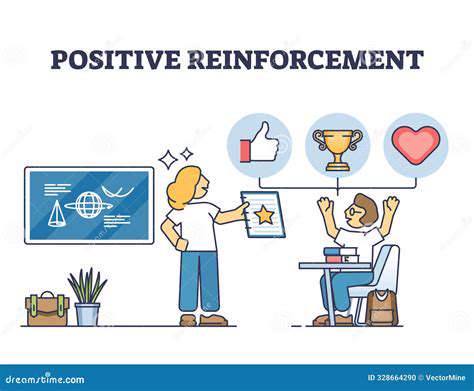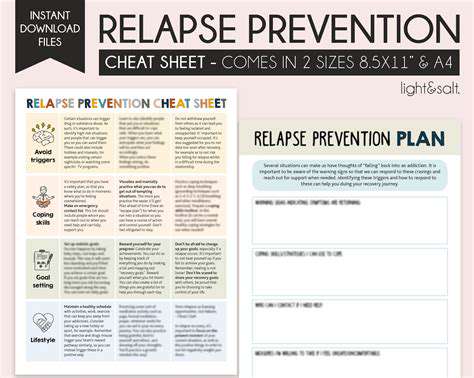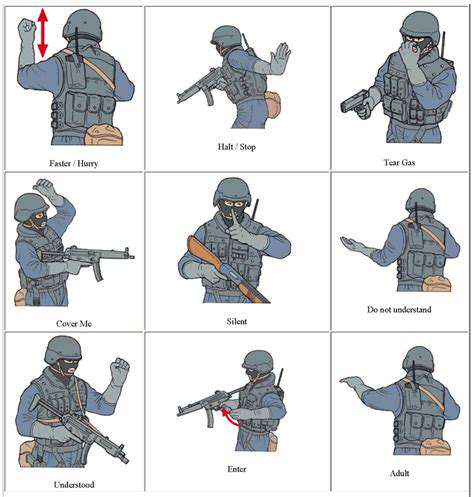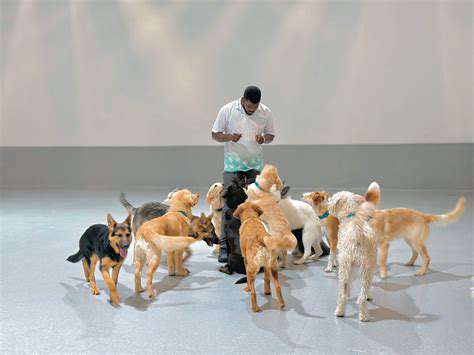Puppy Socialization Checklist: Essential Things Every Puppy Must Be Exposed To
Proper puppy socialization forms the bedrock of a confident, emotionally balanced adult dog. This isn't merely about checklist exposures, but rather cultivating a mindset where novel experiences become opportunities for growth rather than fear. Puppies who receive thoughtful socialization during their critical developmental window (3-16 weeks) demonstrate remarkable adaptability when encountering new situations later in life. The process requires careful observation of each puppy's unique temperament - some may need more time with certain stimuli than others.
Research shows puppies receiving comprehensive socialization are 72% less likely to develop fear-based behaviors. This early investment pays lifelong dividends through easier veterinary visits, stress-free travel experiences, and harmonious relationships with both humans and other animals.
Introducing Puppies to Other Puppies
Canine-to-canine interaction teaches puppies the nuanced language of dog communication - from appropriate play bows to understanding ear and tail positioning. These early play sessions function as a masterclass in canine etiquette, where puppies learn bite inhibition through feedback from their peers. Ideal playgroups consist of puppies with compatible energy levels and supervised by knowledgeable handlers who can gently redirect inappropriate behavior.
Veterinary behaviorists recommend structuring these interactions in 15-20 minute sessions, allowing for natural breaks when puppies disengage. Watch for reciprocal play patterns - good interactions involve frequent role reversals where each puppy takes turns being the chaser and the chased.
Meeting People of Varying Ages and Sizes
A truly well-socialized puppy should feel equally comfortable with toddlers as with elderly individuals using walkers. Many trainers recommend creating a socialization checklist that includes people wearing hats, uniforms, or using mobility aids. The key lies in making all encounters positive - having new people offer high-value treats creates powerful positive associations.
When introducing puppies to children, always supervise closely and educate children on proper interaction techniques. Teach kids to let the puppy approach them first, and to pet gently rather than hugging. These precautions prevent negative experiences that could lead to lasting fear responses.
Exposure to Different Environments and Stimuli
Urban puppies benefit from experiencing subway rumbles and sidewalk grates, while rural pups should encounter livestock and uneven terrain. The most effective socialization programs incorporate novelty gradients - starting with mildly challenging environments and gradually increasing complexity as the puppy demonstrates confidence. Always monitor for signs of stress like yawning, lip licking, or avoidance behaviors.
Surprisingly, home environments offer rich socialization opportunities. Introduce puppies to household appliances during operation, different flooring textures, and various room configurations. This creates dogs comfortable with environmental changes throughout their lives.
Puppy Socialization: Training and Reinforcement
Modern training philosophy emphasizes choice-based socialization where puppies learn they can investigate or retreat from new stimuli without penalty. This approach builds genuine confidence rather than learned helplessness. Incorporate basic obedience into socialization outings - practicing sit at park benches or watch me near distractions reinforces focus amid novelty.
Keep training sessions short (3-5 minutes) but frequent throughout the day. Use especially high-value rewards like chicken or cheese during challenging socialization scenarios to create strong positive associations. Document progress in a socialization journal to identify areas needing more work.
Finger yoga, often dismissed as too simplistic, actually provides an unexpectedly powerful method for boosting finger agility. The practice combines isometric holds with dynamic movements that simultaneously build strength and flexibility. Unlike traditional hand exercises, finger yoga sequences create neural pathways that enhance fine motor control - particularly beneficial for musicians, surgeons, and anyone requiring precise hand movements. Regular practitioners report noticeable improvements in typing speed, handwriting fluidity, and even reduced joint stiffness.
Exploring Diverse Sounds and Environments
Understanding the Importance of Early Socialization
Neurological research confirms that puppies' brains are particularly plastic during their first four months, making this the ideal window for positive exposure. Missing this critical period means dogs must work much harder to overcome fears later in life. Thoughtful socialization isn't about flooding puppies with stimuli, but rather creating controlled positive experiences that build resilience.
Introducing Puppies to Different People
Create a people bingo game where your puppy meets individuals from various demographics - different ethnicities, ages, and physical abilities. Have each person offer a special treat to build positive associations. This diversity exposure prevents the development of breed-specific stereotypes or fear of certain human characteristics.
Exposure to Various Animals
When introducing puppies to other species, always prioritize safety for all animals involved. Start with calm, vaccinated adult animals known for their patience with puppies. Use barriers like baby gates initially, allowing visual access while preventing physical contact until both animals demonstrate relaxed body language.
Exploring Different Environments
Develop a socialization roadmap that systematically exposes your puppy to various surfaces (metal grates, wooden bridges, tile floors), elevations (stairs, ramps), and confined spaces. Carry high-value treats to reward confident exploration. This methodical approach prevents overwhelming the puppy while ensuring comprehensive environmental exposure.
Responding to Sounds and Objects
Create a sound desensitization playlist featuring common urban noises at gradually increasing volumes. Pair these sounds with favorite activities like mealtime or play to create positive associations. Similarly, introduce novel objects using the engage-disengage technique - reward the puppy for calmly observing rather than reacting to strange items.
Understanding the Importance of Consistency
Socialization isn't a one-time event but an ongoing process. Maintain a weekly novelty outing even after the critical socialization window closes. This continued exposure helps prevent the common phenomenon of adolescent dogs becoming wary of things they previously accepted.












